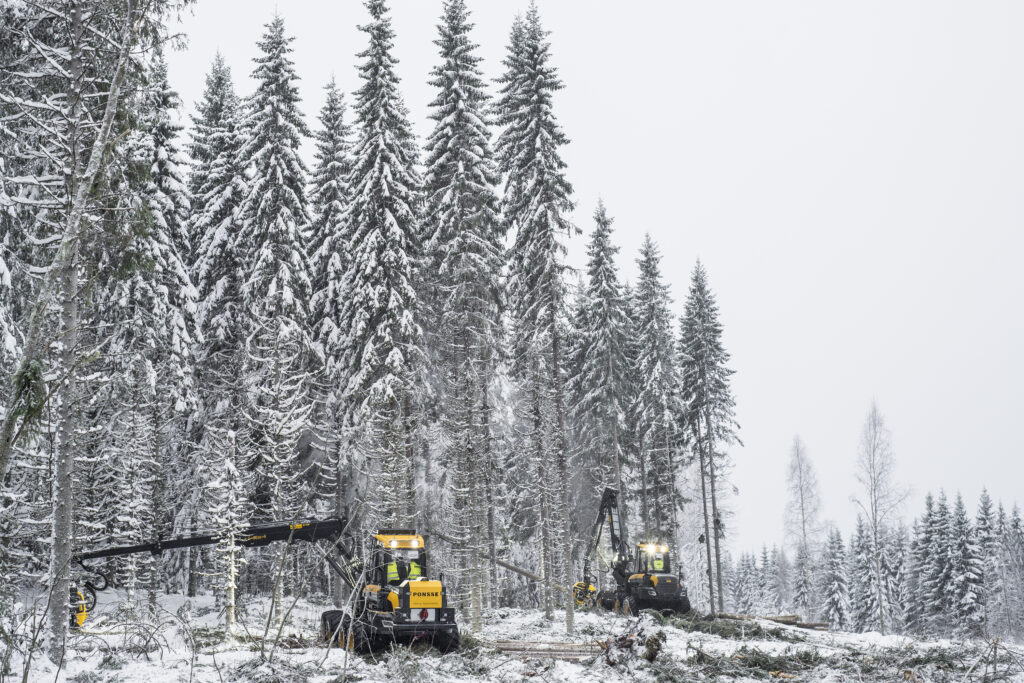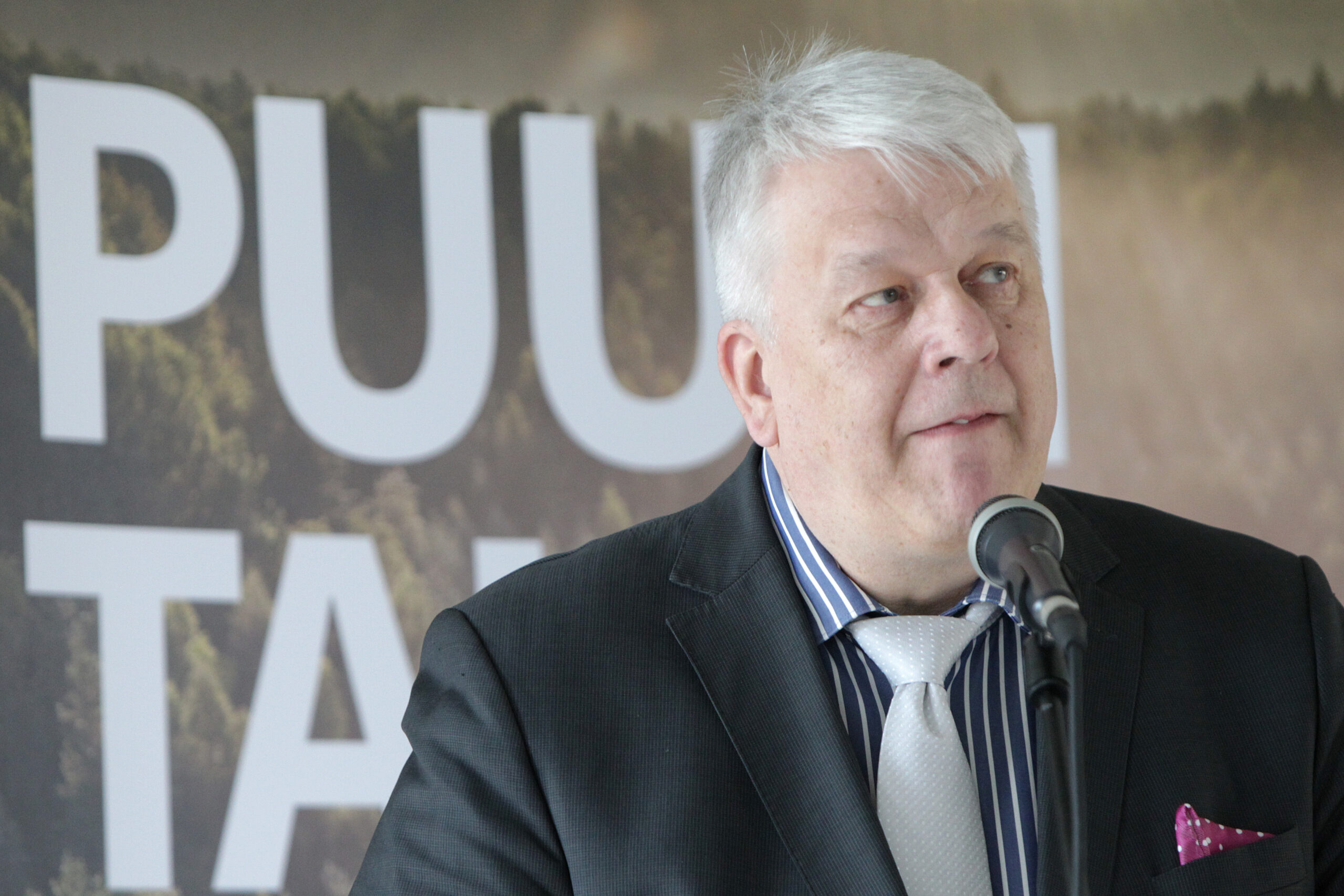Finnish forest sector grows in many areas – output is largest near capital region

The output of the forest sector in monetary terms is the largest in the Uusimaa region surrounding the capital. In relative terms, the sector’s significance is the largest in Southern Karelia in the south-east, due to the sizeable mills located there. The importance of forestry is greatest in Kainuu in eastern Finland and Southern Savonia in southern Finland.
Forest sector consists of forestry and forest industry together. Its importance in the Uusimaa region is due to the fact that it is the home of large printing houses, company head offices and research institutions. The other top regions mentioned derive their importance from the prevalence of forest industries.
The share of the forest sector of a region’s output is clearly highest in South Karelia, exceeding 25 percent. The annual output of the forest sector per employee is EUR 300,000, which is twice the average in Finland.
These figures are included in a report compiled by the Tapio consulting company, with funding provided by the Finnish Forest Foundation.

New industries spread into new regions
However, simply discussing the economic factors such as output and employment impact does not paint an adequate picture of the significance of the forest sector in different regions. In many of them, the sector also has the best potential for future development.
This has been duly noted in several regions. New biorefineries and wood products factories are most notably being planned in regions which do not rank highest in terms of output, such as Lapland, Kainuu, North Karelia and Southern Ostrobothnia along the Gulf of Bothnia.
“This seems to be the prevailing trend. New ways of using the forest are being introduced in areas where forests have been a source of livelihood for hundreds of years, though we do know that it is not so simple to create new products for this industry,” says Ms. Riikka Pakarinen, Manager in Government Relations and Bioeconomy at the Finnish Forest Industries Federation.
Adjacent regions support each other in this business. An example of this is South Karelia, with the largest forest industry concentration in Europe, which relies extensively on timber from the neighbouring region of Southern Savonia.
“In return, the industrial companies in South Karelia are crucial to the networks of forestry contractors in Southern Savonia and channel substantial amounts of money to individuals and families by buying timber from Southern Savonia,” says Mr. Matti Viialainen, Regional Mayor of South Karelia, who previously held the corresponding post in Southern Savonia.
Planned increase in use of wood energy is small
Viialainen is pleased to see that the good news from the forest sector are also broadcast in the form of indisputable statistics on the significance of the branch. As regards public debate on forest issues, he thinks that the use of forest has been ideologised and politicised.
“If the debate only concerned economy and ecology, things would be very simple. However, we owe a big thank-you to the European Commission, which has recently shown it understands the significance of using biomass in combating the climate change,” says Viialainen.
Finland plans to increase the production of wood energy, but only by using forest chips. Compared to the total production of wood energy, the planned increase amounts to a couple of percentage points. The aim is to use only wood that has no other uses: forest chips, sawmill by-products and black liquor, a by-product of pulp mills.
In Finland, the share of bioenergy of the total energy consumption is the highest of all industrialized countries, and wood plays a crucial part in this. The share of wood energy of the total energy consumption in 2012 was 24 percent, which equalled 77 percent of the use of renewable energy.

EUR 1.8 thousand million’s worth of energy is sold by forest industry
Some of the energy produced by the forest industry is used by the industry itself, but a great deal is sold on the market. In 2013, the industry sold power and heat for about EUR 1.8 thousand million. Many Finnish cities are heated by energy from forest companies.
According to Pakarinen, this is as it should be. “There is plenty of wood that can only be used for energy production. You needn’t think twice about burning it,” says Pakarinen.
On the other hand, many of the new products of forest industry are based on the use of by-products. Will this decrease the production of wood energy?
Pakarinen considers this to be both possible and sensible: “It is important to upgrade the by-product streams. Still, it takes time and I don’t believe that, for example, the burning of black liquor will ever stop completely,” says Pakarinen.
The value of the forest industry’s exports in 2015 was EUR 11.2 thousand million, which was 21.5 percent of Finland’s total exports. The forest sector employed over 81,000 persons directly in 2011–13. However, there were also benefits to the forest owners: in 2013 they sold timber to the industries for EUR 1.9 thousand million.
Of this, 1.6 thousand million came to private individuals and families, mainly in rural areas with few other livelihoods. The forest sector is the only branch of production that operates profitably throughout Finland under the conditions set by global markets.
Kirjoita kommentti